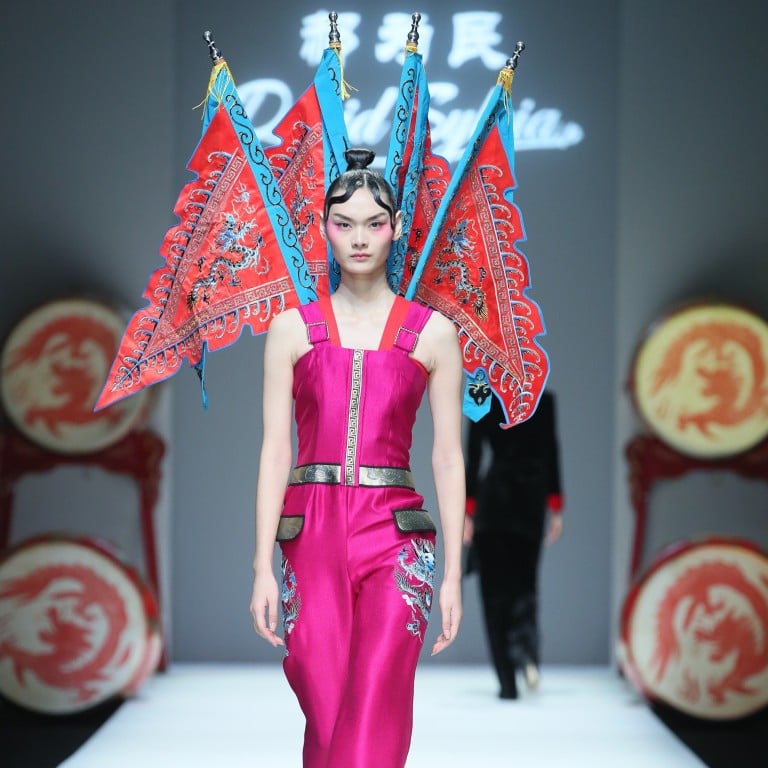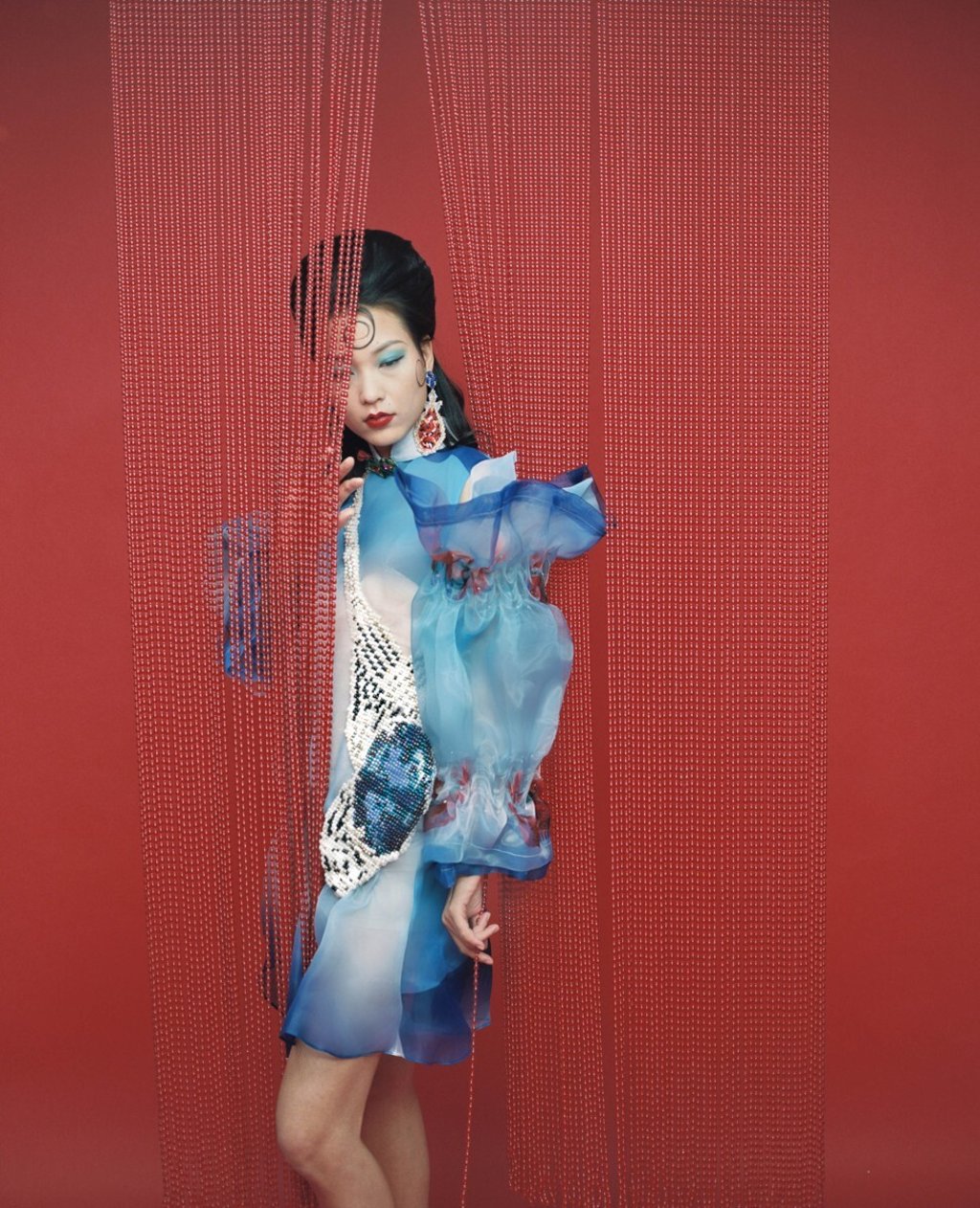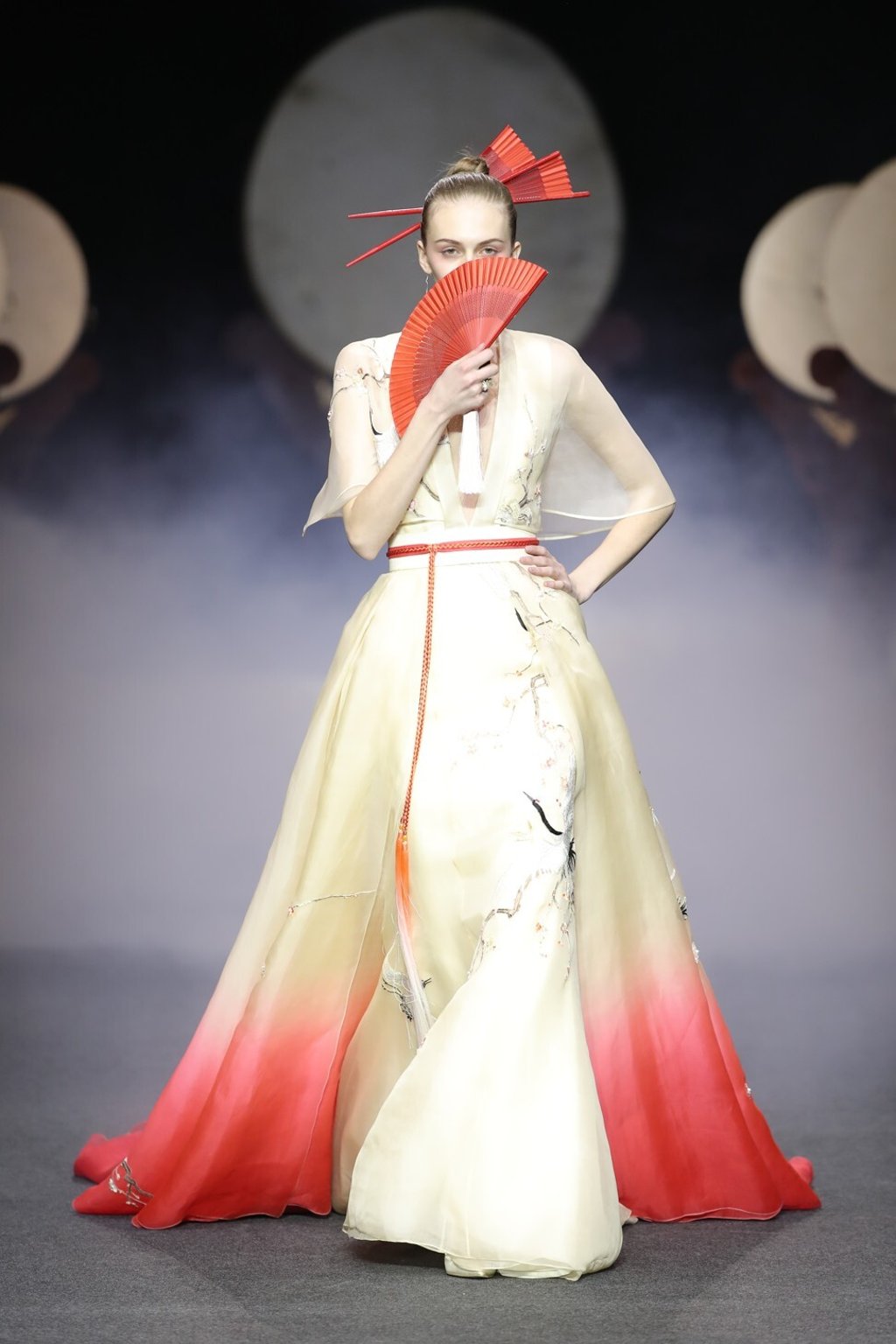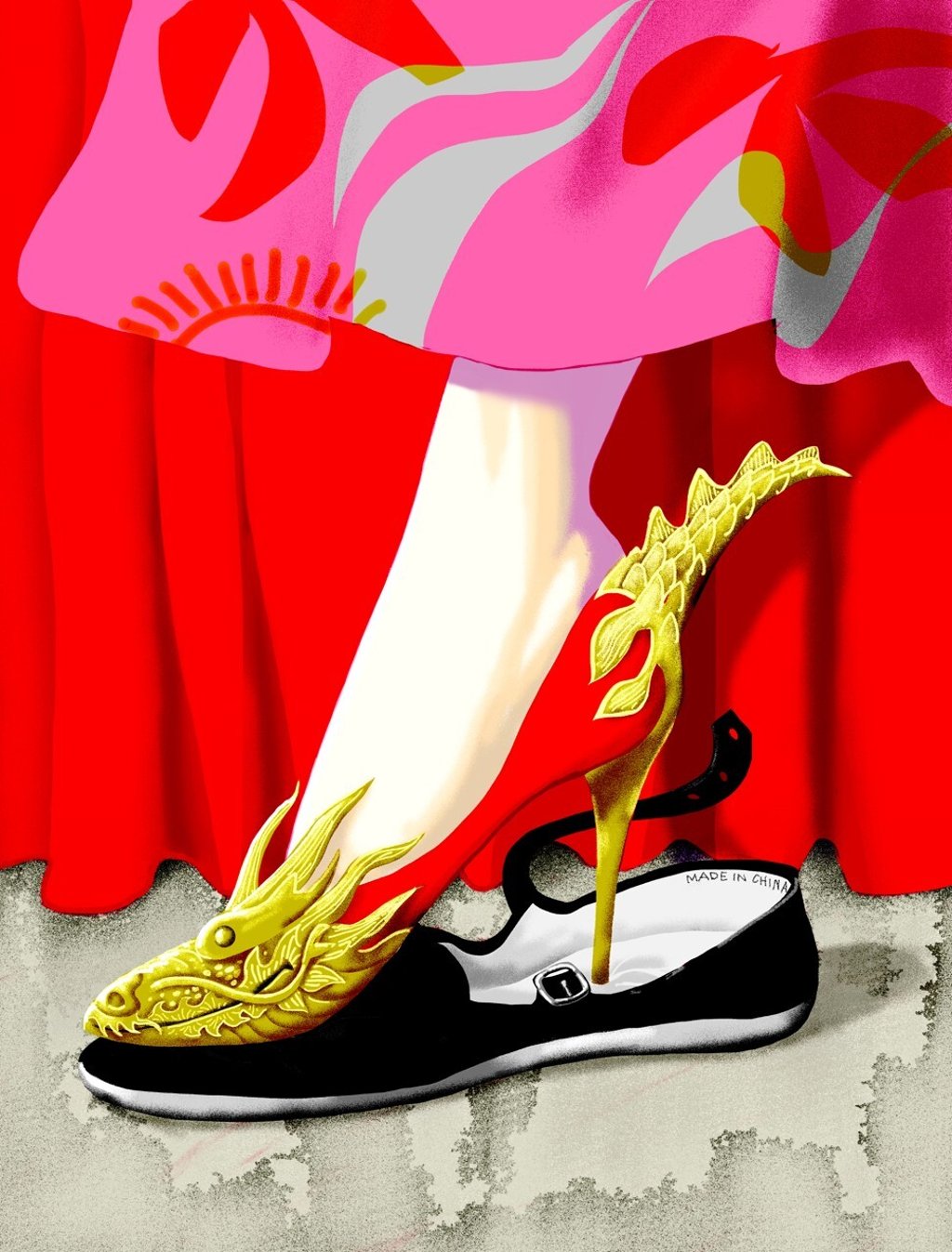Gucci, Cartier, Prada, Chanel and Louis Vuitton may still dominate fashion in China – but the new ‘Made in China’ tag is winning the hearts of local millennials

Luxury consumerism in China is undergoing a huge transformation, with young consumers feeling increasingly positive towards local brands offering uniqueness, humour and ‘a little bit of swag’
Whether it’s a love for Gucci Padlock handbags, puckering up with Hermès lipsticks or enjoying splurges at Cartier, Chinese consumers are continuing to power the global luxury market. The love of luxe in China has been one of the most visible features of the nation’s unprecedented development this century. While a mere three decades ago luxury brands were out of reach for the vast majority of the population, today Chinese consumers make up almost half of global luxury retail sales.
This enormous increase is unsurprising given the tremendous growth of the middle class and China’s burgeoning elite. But as we enter a new decade, it’s no longer enough to buy, buy, buy: a new generation of Chinese fashion insiders wants to dominate the other side of the equation and focus on design.
Dutch Chinese designer Hu Sheguang creates unique couture fashion featuring Jean Paul Gaultier-style whimsy fused with sumptuous Chinese fabrics and artisanship, while David Sylvia by Hao Weimin modernises traditional Peking Opera for his new collections. Other brands like Heaven Gaia by Xiong Ying have followed the heels of couturier Guo Pei onto the stage of Paris Couture Week.

Today, luxury consumption remains uncertain in the face of the havoc caused by the coronavirus to the national and global economy. With the international fashion calendar on hold, China Fashion Week, which took place in early May, was one of a handful of industry events since the coronavirus outbreak. A combination of live-streamed and physical events, it put the spotlight on local Chinese talent including L’arôme, Jumper Zhang and Young X.
Despite the emergence of so much talent, the main challenge for the China fashion world is dealing with three simple words that for decades have meant inferior rather than fashion-forward: “Made in China”.
In fact, the term Made in China – with all its negative connotations – does not communicate the full picture. Most European fashion brands have a major component (if not all) of their production done in China, proving that quality is not necessarily as compromised as commonly thought. While there may be some subpar production facilities across the nation, China also offers some of the most advanced and dynamic textile factories available in the world.
If there is no lack of innovation, talent and facilities within the country, what is it exactly that fuels Chinese consumers’ love affair with foreign brands? Most of these consumers, who are estimated to spend on average 180 per cent more on fashion from abroad than home-grown brands, will be well-aware that a lot of international branded goods are produced in China.

China-born, Central Saint Martin-educated designer Yueqi Qi was trained at the ateliers of Chanel and Givenchy before returning to her homeland to establish her own brand in 2019. Her collection channels beading designs handmade in China.
“I’m confident that the new generation can reinvent the reputation of ‘Made in China’ as a pool of talent like Samuel Guì Yang and myself have learned the skills overseas, and we have faith in what we make,” Qi explains. “Customers usually don’t look at where the product is made but focus on the items overall. Other factors like sustainability could be a decisive factor instead,” she adds.
